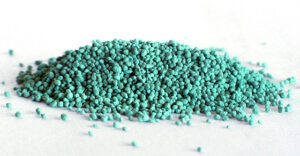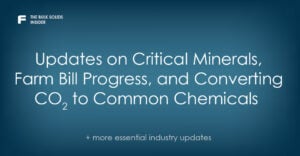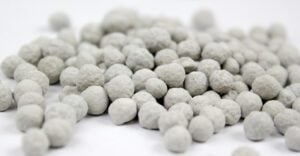The Bulk Solids Insider: Argentina’s Copper Under Focus, A Booming Nano Fertilizer Market, and an Economic Approach to Polymers from Methane
Updates in Mining Investors Look at Argentina Copper The ongoing surge in copper demand is finally seeing investors consider Argentina’s red metal resources more feasible, according to Financial Times. Despite neighboring Chile serving as the world’s largest copper producer, various challenges have largely kept investors …










